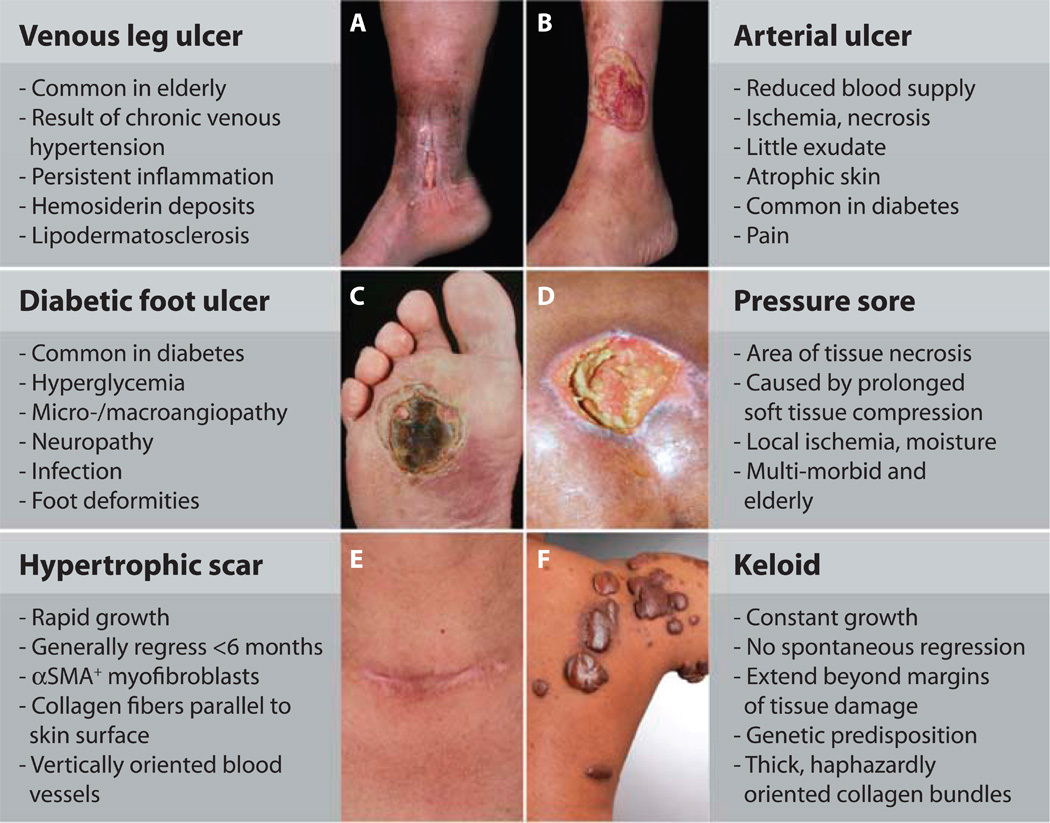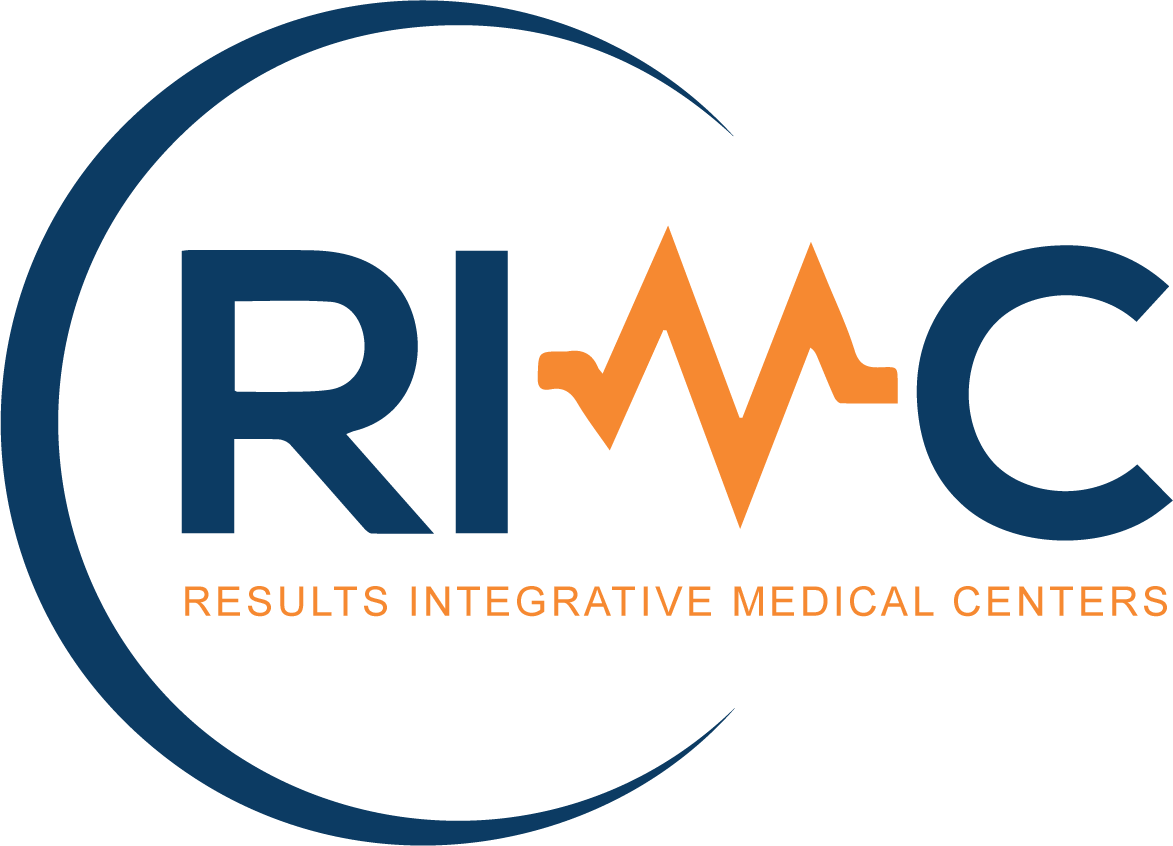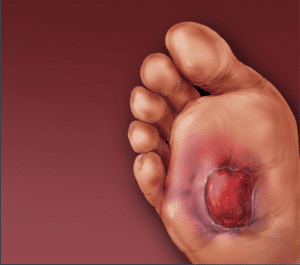
How Do You Treat a Wound That Won’t Heal

In the event of an injury that won’t heal, a person must take action immediately. Failure to do so can result in infection and other serious consequences. Depending on the type of wound and its severity, treatment will vary. Generally, there are three types of wounds: open wounds, superficial wounds, and infected wounds. Open wounds are also known as “arterial” or “vascular” wounds because they are located either directly under the skin (superficial) or deeper in the tissue (deep). Because all arterial injuries can be life-threatening if not treated quickly and appropriately, this article will focus on how to treat such a wound that won’t heal.
Wound care 101
An open wound is any break in the skin or other body surface that allows infection-causing microorganisms to enter and damage healthy tissue. This can occur when, for example, you cut yourself while chopping vegetables or you get a splinter in your finger while trying to pry open a door. Open wounds can be superficial or deep, small or large, and the severity of the wound determines the best treatment.Healthy wound healing occurs in three stages: 1) inflammation, 2) proliferation (build-up of new tissue), and 3) re-epithelialization (regrowth of skin). The healing time varies from person to person depending on the location, severity, and treatment of the wound. A person’s age, general health, and the availability of wound care also influence the healing process.
Lack of hygiene
Poor hygiene plays a crucial role in the healing process of a wound. A lack of hygiene can lead to a more serious infection and a slower healing time. It is crucial to keep the wound clean and covered until it heals. If there is dirt or debris in the wound, it will impede the healing process.When cleaning the wound, use an antibacterial soap or solution. A cotton swab or clean, lint-free towel can be used to remove any excess dirt or foreign material. It is also important to check the wound regularly for signs of infection. If you notice an unusually high amount of redness, swelling, or pain around the area, you may have an infection.If you notice any of these symptoms, seek medical attention immediately.
Chronic conditions
Certain chronic conditions, such as diabetes, can increase your risk of developing poor wound healing. It is crucial to seek medical attention if you have any chronic conditions, such as diabetes, that can affect wound healing or the risk of infection.If you have diabetes, your wounds may heal more slowly or not at all. This can happen if you have poor blood flow in your hands or feet due to your diabetes.When you have a wound, your body uses blood flow as a way to defend against infection. If you have poor blood flow due to diabetes, it will be harder for your body to fight off infection.Diabetes can also affect the way your body heals a wound. If you’ve had diabetes for a long time, your skin may be less flexible and more likely to form scars.In order to avoid having a wound that won’t heal, it is crucial to keep your diabetes under control through exercise and diet.
Infection
Infection is one of the most common reasons wounds fail to heal. It is crucial to monitor the wound for any signs of infection.In order to avoid infection, you should avoid touching the wound with your hands. If you must touch the wound, be sure to wash your hands thoroughly before and after.A wound that is left untreated for a long period of time can lead to an infection. Therefore, if the wound doesn’t seem to be healing after two to three weeks, you should seek medical attention.Wounds that don’t heal have a risk of developing an infection. This can lead to more serious complications, such as sepsis, which is a life-threatening complication caused by bacteria in the bloodstream.
Poor blood circulation
If the wound is located on the extremities (hands and feet), it is crucial to check the blood circulation in that area. If the blood circulation is poor in the extremities, it will be more difficult for the wound to heal.If you notice that the wound is taking longer than expected to heal, you should speak with your doctor. The doctor will check the wound and blood circulation in the extremities. The doctor may also take blood samples to test for traces of infection.If the blood circulation is poor in the extremities, the doctor may prescribe medication to improve blood flow.
Rotting tissue
When a wound is left untreated for a long period of time, the surrounding tissue will begin to rot, or break down. This is referred to as an “ulcer.” An ulcer is a hole in the skin that does not heal itself.If you notice that the wound is getting larger, it may be rotting tissue. If you suspect an ulcer, it is crucial to seek medical attention immediately.Wounds that develop ulcers can become more serious if left untreated. They can also lead to infections, which can be life-threatening.
Conclusion
A wound that doesn’t heal can be incredibly painful and dangerous. In order to treat the wound, it is crucial to seek medical attention as soon as possible.Once the wound has been treated, it is important to follow the doctor’s instructions for wound care. This includes keeping the wound clean and covered until it heals.If you have a wound that doesn’t seem to be healing, it is crucial to seek medical attention as soon as possible. If you have a wound that won’t heal, speak with your doctor and follow their recommendations for treatment.



